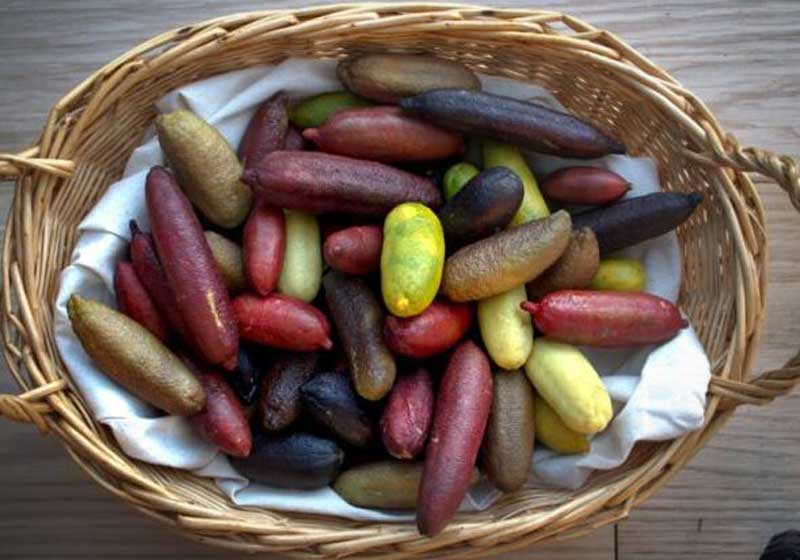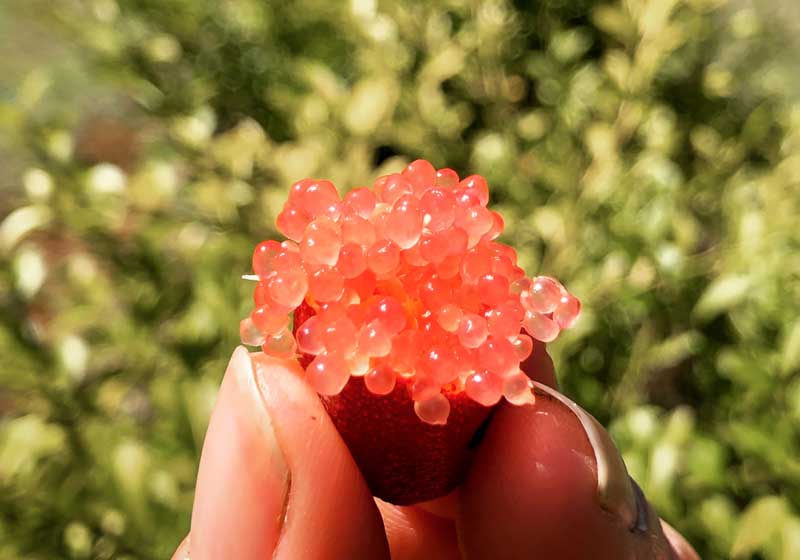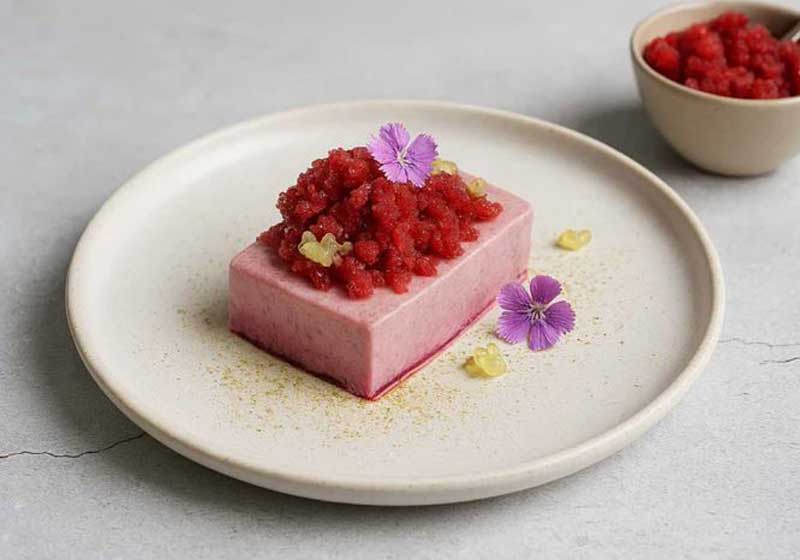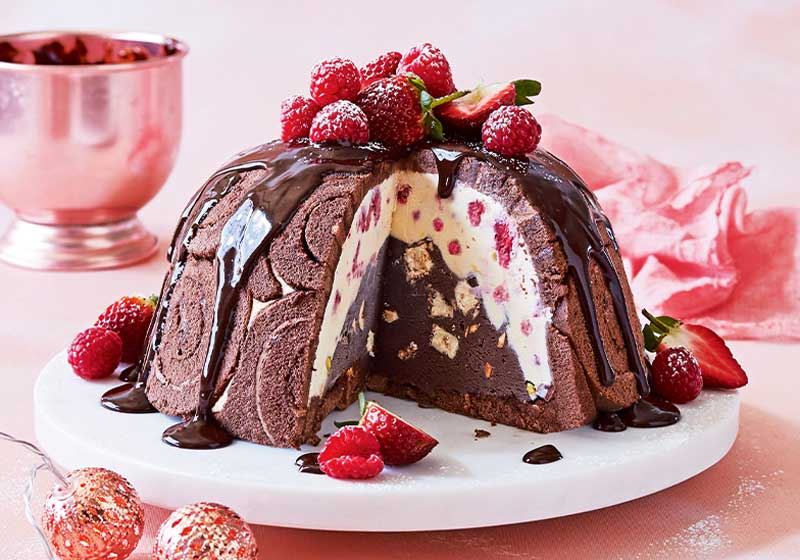There’s a hum that fills the air in the Australian Summer - cicadas calling, gum leaves whispering in the heat and the scent of something familiar yet new rising from the kitchen.
It’s the season of long lunches, laughter and the clink of glasses - but lately, the festive table itself has been shifting. Where once it was glazed ham and plum pudding, today it might be wallaby prosciutto, wattleseed pavlova, or a silky custard laced with native botanicals and brandy. This is Christmas, reimagined through the flavours of Country.
Across the continent, Indigenous ingredients - the true taste of this land - are stepping proudly into the limelight. Bush tucker, once relegated to the margins, is now being embraced by Chefs, home cooks and food lovers eager to reconnect with the ancient wisdom of Australia’s first peoples.

Each ingredient tells a story: of climate and culture, of resilience and respect for the land. When those stories find their way into festive recipes, something profound happens - the meal becomes more than a celebration. It becomes a dialogue between old and new, between the ancient earth and our modern plates.
Picture this: a golden pavlova crowned with finger lime pearls that burst like sunlight, their tang cutting through the sweetness of meringue. Perhaps a brandy custard infused with the warm, nutty aroma of roasted wattleseed - its richness deepened by a hint of quandong syrup, tart and jewel-red.
There’s something about that marriage of native and nostalgic that stirs the soul. It’s as if the very essence of Australia - its landscape, its history, its people - has been whisked together into the bowl.

This shift isn’t just culinary; it’s cultural. Indigenous knowledge has sustained this continent for tens of thousands of years, guided by deep respect for the environment and a philosophy of balance.
To include bush food in our Christmas menus is to honour that connection - to acknowledge that festive abundance doesn’t have to come from afar. The tang of desert lime or the sweet smokiness of paperbark-roasted fish reminds us that flavour, like community, thrives when it’s rooted in place.
Chefs leading this movement speak of the responsibility that comes with it. "Using native ingredients isn’t a trend,” says one Indigenous cook from the Northern Rivers. "It’s a conversation with Country - a way to listen.”

From restaurants in the city to backyard barbeques by the coast, that sentiment is catching on. Native herbs like lemon myrtle and saltbush are slipping into stuffing mixes; riberries are finding their way into cranberry sauces; Davidson plum lends its ruby hue to puddings once reserved for imported fruit.
Even the humble custard - that creamy, comforting cornerstone of the Australian Christmas - is being transformed. Brandy remains, but it now mingles with macadamia milk or a dusting of ground wattleseed, creating something both familiar and freshly grounded.
As twilight falls on another festive day, plates are cleared and the last spoonfuls of bush tucker custard are savoured. The air carries the scent of eucalyptus and spice and perhaps, a sense of belonging - to this vast, sunburnt land and its endless stories.

When we fold Indigenous ingredients into our Christmas traditions, we’re not just changing the menu. We’re rewriting what celebration means in Australia - one bite, one story, one shared table at a time.







